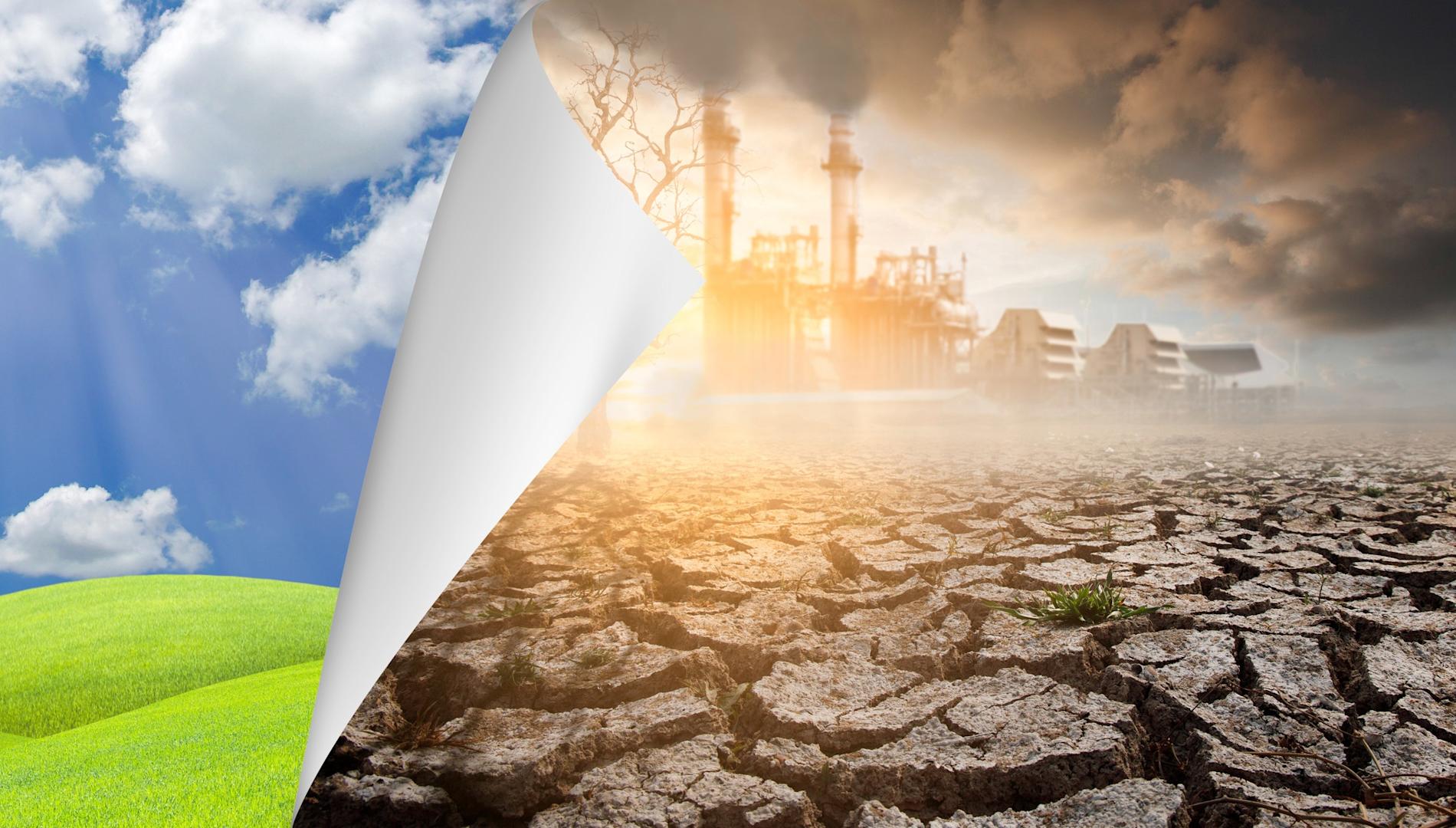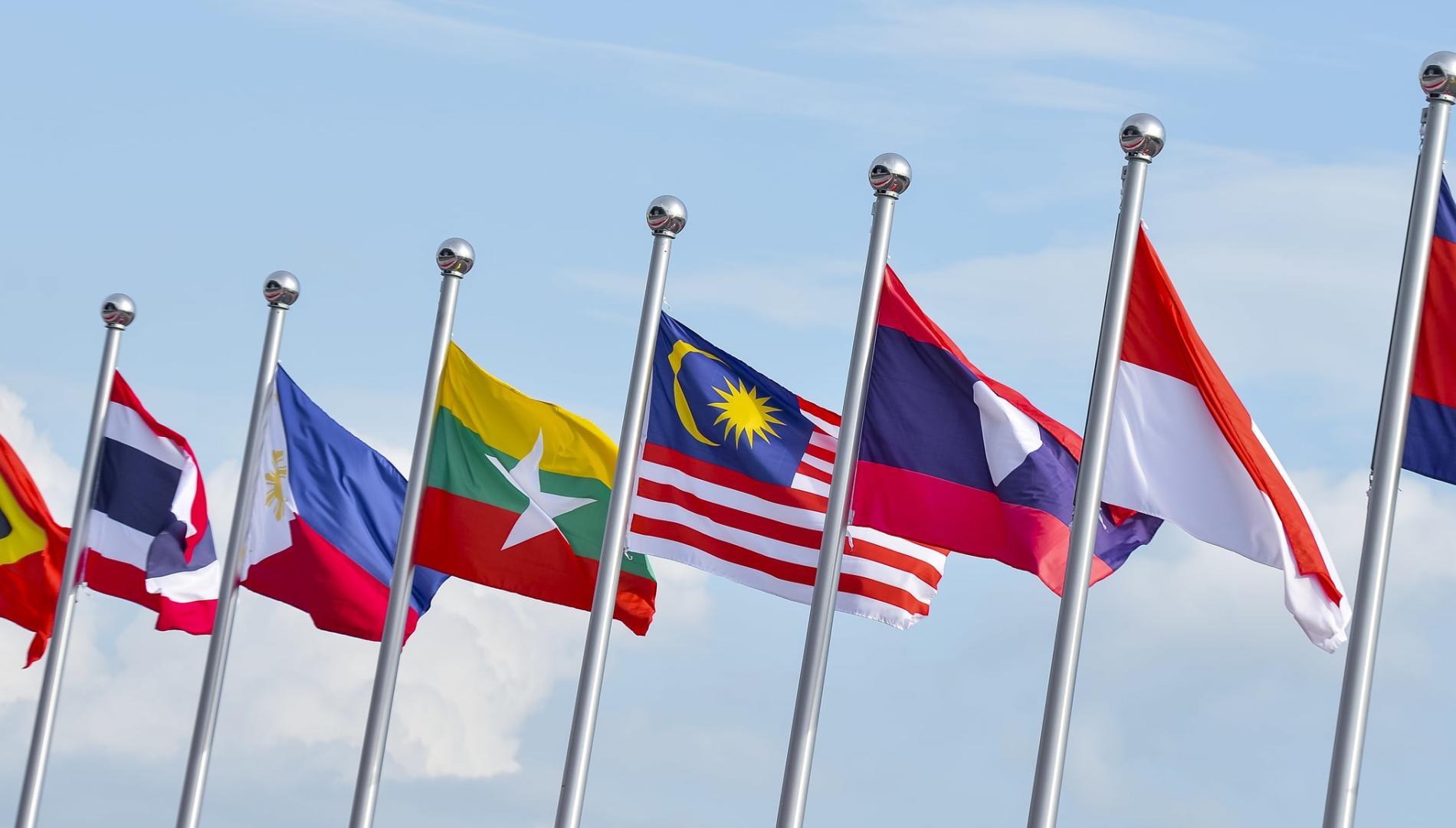ASEAN 2025: US and China vie for regional influence through competing trade agendas
At this year’s ASEAN Summit, the official theme of “sustainability and inclusivity” seemed to sit quietly behind the louder chorus of prosperity, security, and the global media spotlight of US President Donald Trump’s presence.
While the US emphasised bilateral trade initiatives, China introduced the renewed China-ASEAN Free Trade Area (CAFTA) 3.0 framework – a proposal centred on multilateralism, the green economy and sustainable development. The contrast between these approaches reflected evolving trade and climate diplomacy in the region.
Multilateralism in contest
Multilateralism has long been central to ASEAN’s identity. The bloc – now 11 members with Timor-Leste’s accession – is set to advance collective frameworks to maintain regional balance and shared prosperity.
China and ASEAN sign an upgraded free trade agreement, boosting their $771 billion bilateral trade amid US tariffs https://t.co/iwR111bQFP pic.twitter.com/MSon9JjbN8
— Reuters (@Reuters) October 28, 2025
Several member states used this year’s summit to pursue bilateral engagements with the United States, including new trade deals with Malaysia and Cambodia, and continued talks with Vietnam and Thailand. Meanwhile, China’s approach seems to be more aligned with multilateral cooperation and shared regional interests.
ASEAN members are known for their pragmatic use of both collective and individual bargaining power – an approach that can strengthen national interests, but complicates efforts to preserve ASEAN’s central role in regional integration.
Trade as a platform for climate action
While the US’s engagement is centred on tariffs, the CAFTA 3.0 framework is deemed to modernise the original 2010 agreement to address “next-generation” trade issues such as digital economy governance, green investment, data flows and services liberalisation.
With ASEAN being China’s largest trading partner, with bilateral trade reaching US$771 billion in 2024, the inclusion of the green economy is one to watch as it evolves. It could be a global driver to align trade integration with climate objectives, positioning economic partnerships as a vehicle for environmental cooperation.
This could set broader global trends linking trade, technology and sustainability. As governments increasingly face pressure to meet emissions targets, trade agreements are becoming instruments to promote cleaner industries and green standards.
China’s evolving climate and economic strategy
China’s domestic policy direction provides some context for its external messaging. The most recent 15th five-year plan explicitly mentioned the goal of transitioning away from coal and oil consumption. Such language has never appeared in a top-level planning document.
📃Full text: Recommendations of the Central Committee of the Communist Party of #China for Formulating the #15thFiveYearPlan for National Economic and Social Development
— Liu Pengyu 刘鹏宇 (@SpoxCHNinUS) October 28, 2025
🔗https://t.co/T99hICPwef pic.twitter.com/YIdwrv1yEZ
China is also positioning itself as a major player in the global supply chain for green technologies, including solar panels, batteries and electric mobility. By embedding sustainability language in trade agreements such as CAFTA 3.0, Beijing might seek to consolidate its leadership in these sectors while strengthening its existing strong economic links with Southeast Asia.
The integration of the green economy into CAFTA 3.0 allows China to project soft power and policy leadership on climate issues at a time when international cooperation is under strain, all while gradually creating a supply chain at its doorstep to hedge against global trade diversification efforts such as the “China Plus One” strategy.
Competing visions of prosperity
The differing approaches of China and the US continue to underscore a broader contest regarding the shape of regional economic integration.
Washington’s interest in Southeast Asia focuses on trade balancing, while Beijing’s strategy includes future economies such as infrastructure investment, digital connectivity and climate cooperation.
ASEAN, for its part, continues to demonstrate its ability to navigate this balance. Its neutral partnerships with 11 dialogue partners representing roughly 81% of global gross domestic product attest to the region’s skill in managing multiple relationships without alignment to a single power.
Looking ahead
The 2025 ASEAN Summit revealed the complex interplay between economic ambition, climate responsibility and geopolitical competition. The official theme of sustainability and inclusivity remains relevant, but its realisation is strongly impacted by economic and political interests.
Can ASEAN stay neutral as US-China rivalry heats up? Professor Emeritus Datuk Dr Woo Wing Thye breaks down why a neutral ASEAN, backed by other middle powers, could be key to avoiding great-power rivalry.#AWANIinternational pic.twitter.com/L8eSsOPDaB
— AWANI International (@poweraffairs) October 23, 2025
China’s proactive stance on integrating sustainability into trade frameworks will be a lever for ASEAN to assert its own vision of future low-carbon economies where ASEAN manufacturing strengths and trade competitiveness are embedded.
Ultimately, ASEAN’s partnerships on the green economy agenda – whether pursued collectively or through bilateral paths – will shape not only its economic trajectory, but also its contribution to global climate goals.
As the summit concluded, it offered a snapshot of the global sentiment – climate actions increasingly sidelined by politics, power and rising anti-multilateral sentiment.
Successful climate action depends on how leadership and collective actions can be mobilised to keep future shared prosperity anchored in a global low-carbon economy.





